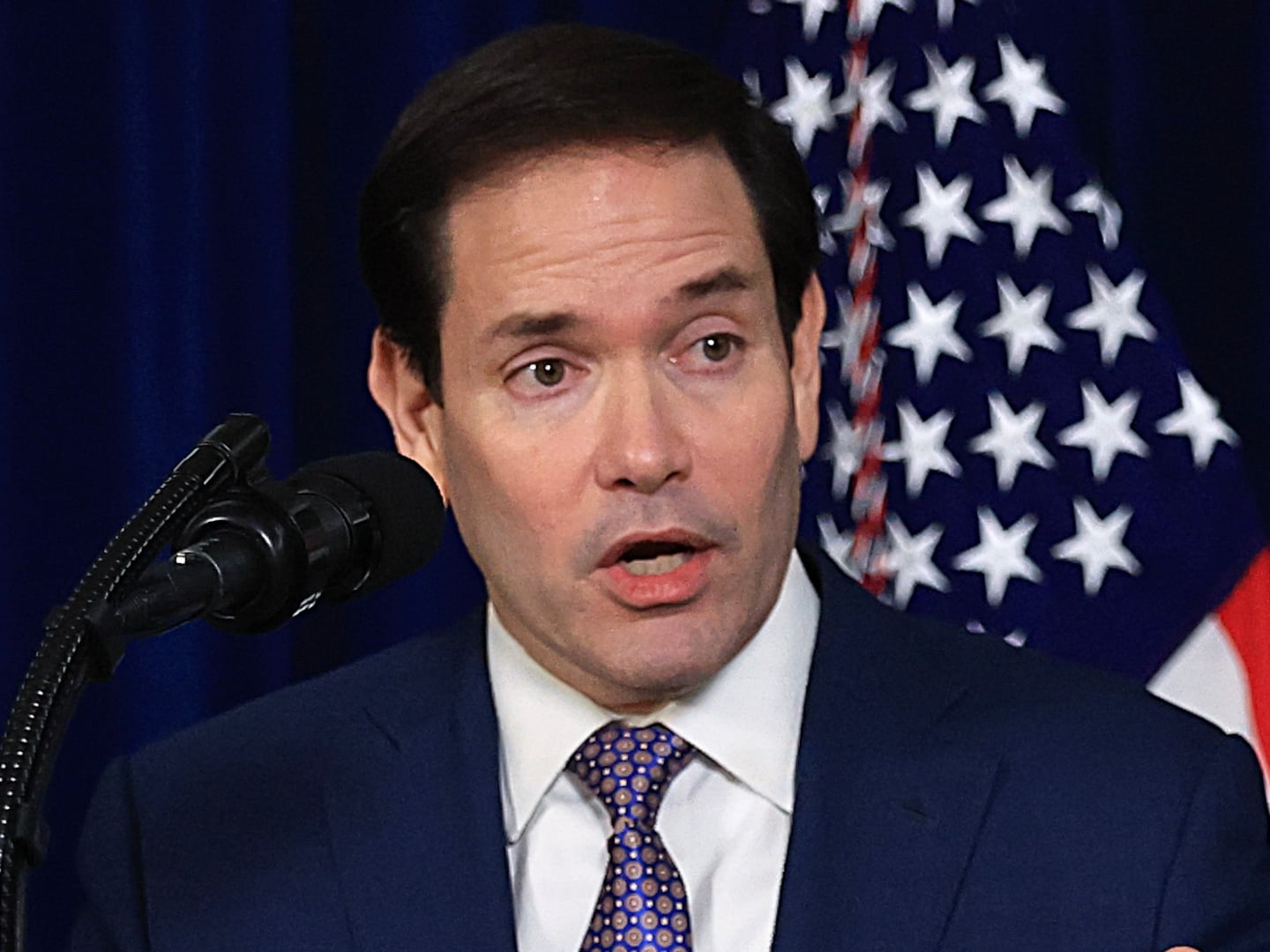Rivers are a big deal in India. In fact, one of the country’s state courts previously declared the River Ganges — a sacred site for Hindus and a bucket-list sight for tourists — to be a “living entity” with human rights. It was a short-lived legal status, but Hindus don’t need official laws to personify or worship a body of water. The proof is in the numbers.
From January to March 2019, roughly 120 million people — equivalent to more than a third of the U.S. population — traveled to the Ganges to bathe in its water and wash away their sins. UNESCO hails this Kumbh Mela festival as “the largest peaceful congregation of pilgrims on earth.” One of its most revered locations is the intersection of three rivers: the Ganges, the Yamuna, and the mythological Saraswati. The meeting point is known as Triveni Sangam. (The word sangam, derived from Sanskrit, means the junction of two or more rivers.)

Indian sadhus (Hindu holy men) take a dip into the water of the holy Sangam -- the confluence of the Ganges, Yamuna and mythical Saraswati rivers -- during the auspicious bathing day of Makar Sankranti at the Kumbh Mela in Allahabad, on January 15, 2019.
CHANDAN KHANNA/AFP/GettyThough I was in India during the first part of the Kumbh Mela, I was more than 1,000 miles away from the crowds of sadhus (pictured above) and devotees camping out. But like them, I was also standing on the bank of a sangam: Rivers Kaveri, Lokapavani, and Hemavati. I wasn’t there to take a dip myself, but to say goodbye to my grandfather.
Nallanna Lakshminarayanaiah died on February 7, 2018 at age 98, less than one year after Radha — his wife and my grandmother — died in June 2017. The only thing longer than their last name is the incredible life they shared. Born and raised in India, they immigrated to the U.S. in 1962 and made a new home for their two kids. My dad spent his teenage years playing basketball in West Philadelphia and went to Connecticut for college. Decades later, when his parents passed, he and my mom brought their ashes back to India to scatter them according to Hindu tradition.
The Ganges is famous for such ceremonies or pujas, especially in the spiritual city of Varanasi, where funeral pyres and cremations are common. Hindus believe depositing a loved one’s ashes in the Ganges helps the deceased reach moksha — a term for freeing the soul from the cycle of reincarnation. Mohandas Gandhi’s ashes were locked up for years, but even his final resting place was the Ganges.
Yet for my parents, going to the Ganges for my grandparents’ pujas didn’t make sense. My whole family is from Bengaluru, the capital city of Karnataka, a South Indian state that’s nowhere near the famous river. Instead, they chose a sangam in Srirangapatna, Karnataka that was driving distance away from our hometown.
Though the Kumbh Mela and Ganges make the most headlines, there are multiple sangams across India where funerals take place. Traveling to the Ganges may be too expensive or inconvenient for some Hindu families, so they find a closer option. Plus, tourists generally don’t flock to these rivers, so the rituals are less rushed and more private.
I recently witnessed this firsthand at my grandfather’s immersion puja. (My parents did my grandmother’s in June 2017, but I unfortunately couldn’t accompany them to India that time.) There was a cremation ceremony in a typical U.S. funeral home, a flight to Bengaluru, and a four-hour drive to the nearest sangam. By the river, there was a no-frills concrete patio with plastic stackable chairs and a few framed photos of Hindu deities. The scene was a stark contrast from the cushy funeral homes I’d been in before. Even the urn was a plain plastic box with no decorations. My mom gathered all the prayer supplies ahead of time: a garland of flowers, milk, rice, a coconut, and more offerings.

Krishna Sharma, the priest conducting the puja, told me he’s been happily working at this spot for years. As a Brahmin, he said, it was his duty to send souls to moksha. (Brahmins are the highest caste in Hinduism, and though adherence to the caste system varies throughout India, many priests happen to be Brahmin because in the ancient past, they were the most educated caste.)
Besides Sharma and one other priest — who surprisingly remembered my parents from their last trip there with my grandmother’s ashes — the only other people present were my family members. It was blissfully quiet except for the priest’s hymns. That was the beauty of this sangam. As we watched my grandfather float down the river, we took our time celebrating his long and full life without anyone else sharing that space. Had we been at the Ganges, I don’t know if we would have had the same type of unforgettable moment as a family.

A few weeks after saying goodbye to my grandpa, my parents paid a visit to the Ganges as tourists themselves. Could they have brought his ashes with them and done the puja there? Sure, but my dad chose to honor him in Karnataka instead. I understand why.






